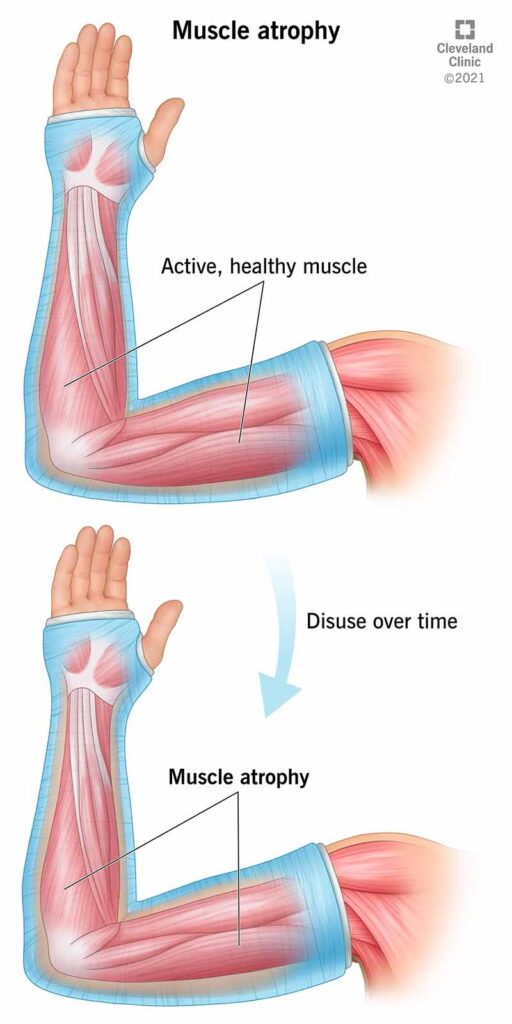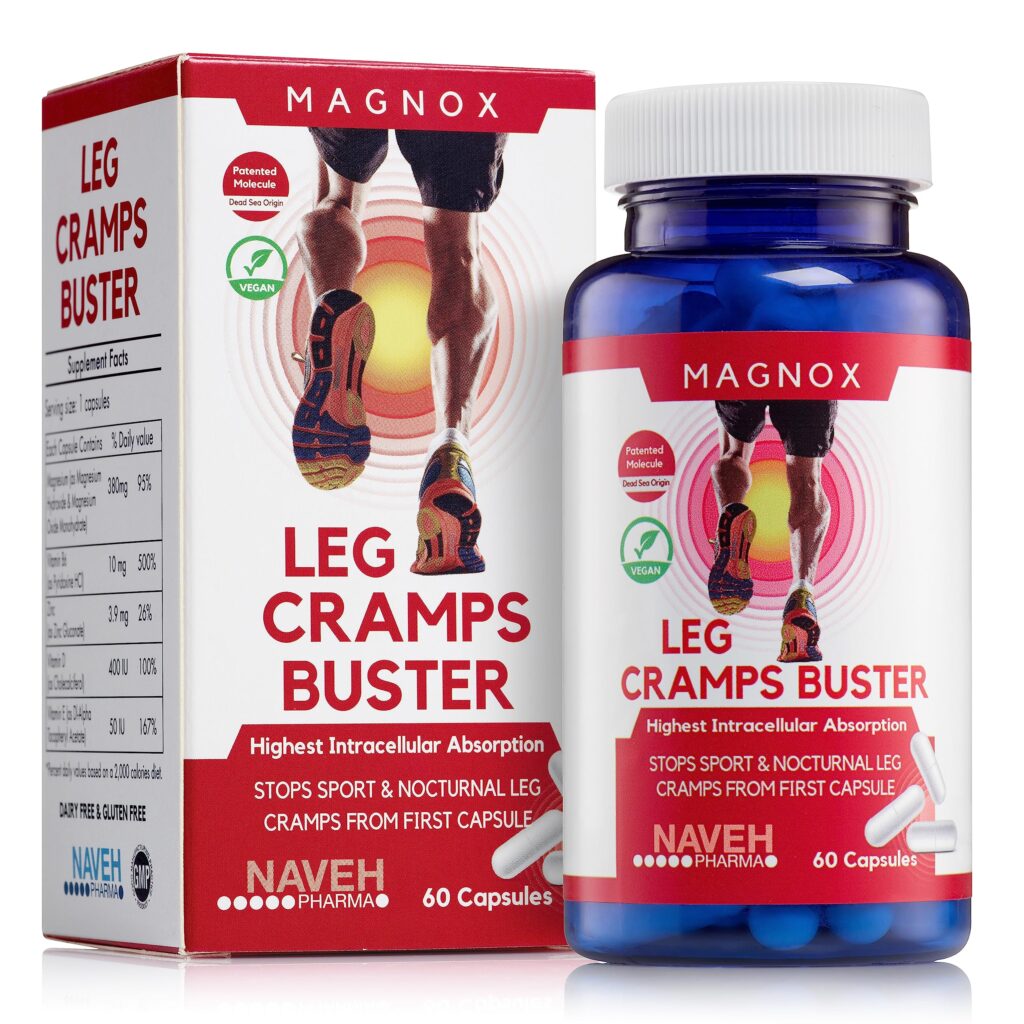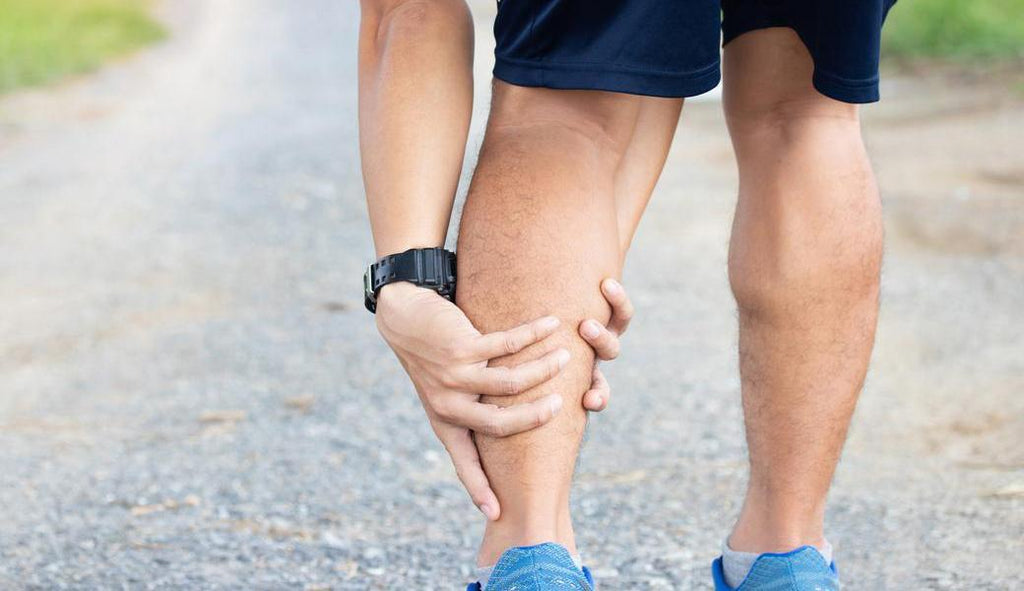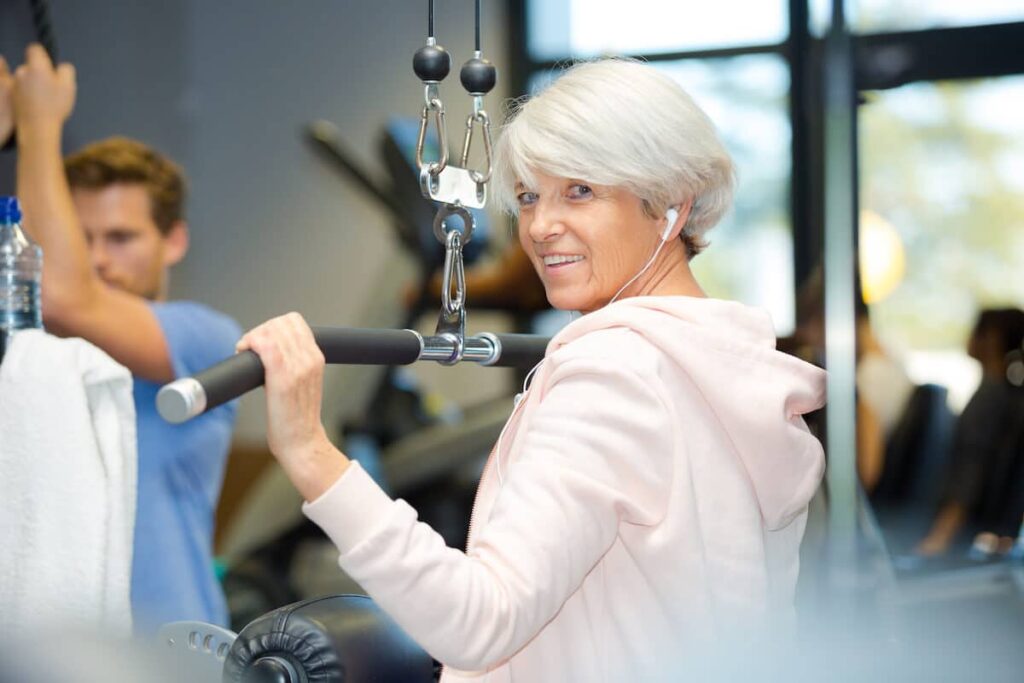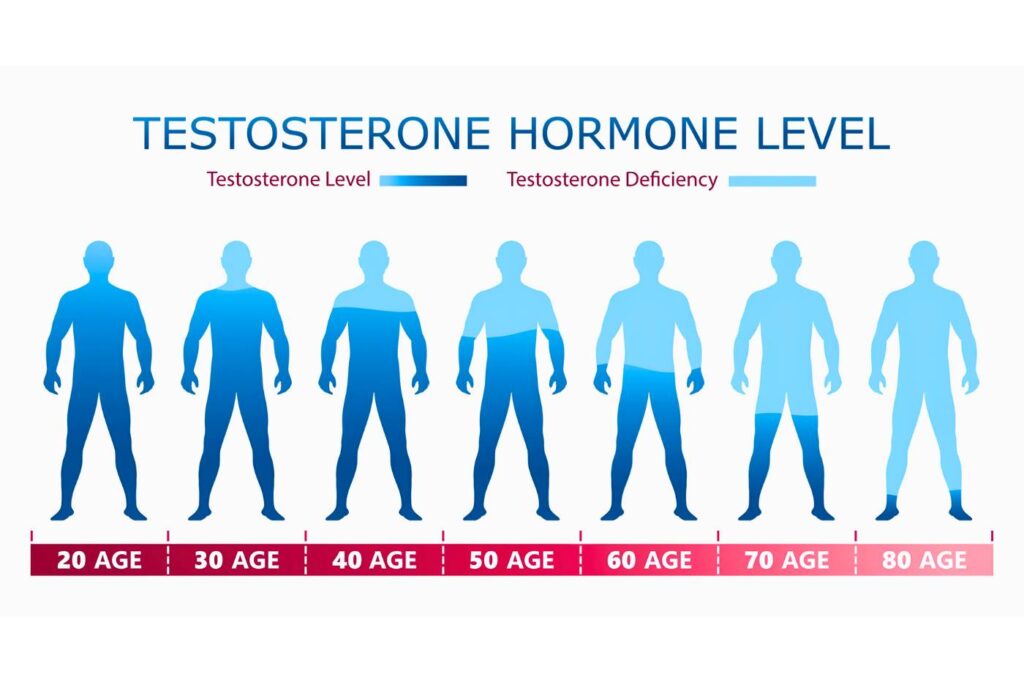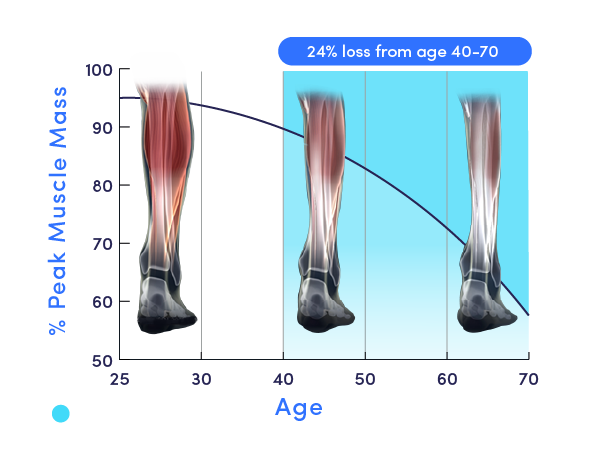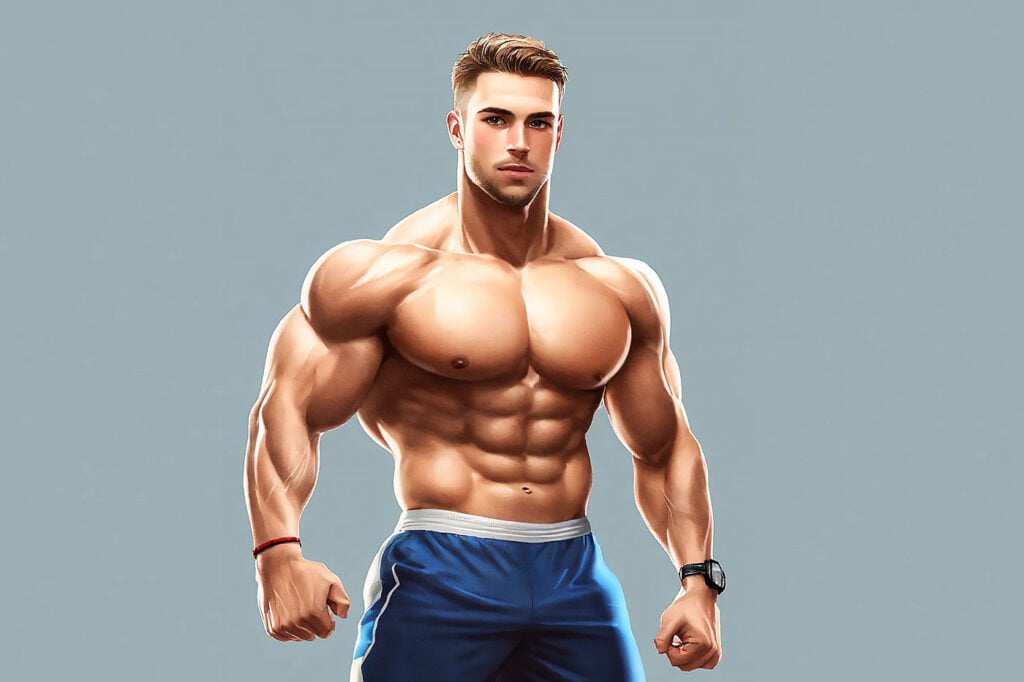Muscle mass loss, also known as muscle atrophy, involves the weakening and shrinking of muscles. Causes include aging, inactivity, and medical conditions.
Muscle atrophy can significantly impact quality of life. It reduces strength, mobility, and overall physical function. Various factors contribute to muscle mass loss, including sedentary lifestyles, chronic diseases, and inadequate nutrition. Regular exercise, especially resistance training, helps combat muscle atrophy.
A balanced diet rich in protein and essential nutrients supports muscle health. Early intervention is crucial to prevent severe muscle loss. Consulting healthcare professionals for personalized advice is beneficial. Proper management can improve muscle mass and enhance overall well-being. Understanding the causes and solutions is key to maintaining muscle health and an active lifestyle.
Muscle Mass Loss Causes
As people get older, they lose muscle mass. This is called sarcopenia. Muscle loss starts at age 30. It gets worse after age 60. Exercise can help slow this down. Eating enough protein is also important.
Not moving enough can cause muscles to shrink. Sitting for long hours is bad. Muscles need to be used to stay strong. Regular exercise is very important. Even simple activities help a lot.
Not eating well can cause muscle loss. Lack of protein is a big problem. Vitamins and minerals are also important. A balanced diet helps keep muscles strong. Healthy foods are key to muscle health.
Some diseases can cause muscle loss. Diabetes and heart disease are examples. These conditions make it hard to stay active. They also affect how the body uses nutrients. Managing these diseases is crucial for muscle health.

Credit: www.nutritionnews.abbott
Age And Sarcopenia
The biological aging process causes muscle mass loss. Hormonal changes play a big role in this. As people age, their growth hormone levels drop. This leads to muscle weakness. Protein synthesis in muscles also slows down. This makes it harder to build and keep muscles.
Muscle strength decreases with age. This happens because muscles shrink in size. Muscle fibers get smaller and fewer. Exercise can help slow this down. Staying active helps keep muscles strong. Balanced diets with enough protein are also key. Eating well supports muscle health.
Inactivity And Sedentary Lifestyle
Prolonged sitting leads to muscle loss. Muscles weaken without movement. Blood flow decreases too. This makes muscles shrink. Sitting for long hours can cause health problems. It affects your posture and joints. You may feel more tired. Energy levels drop. Bones can become weaker too. It’s important to take breaks.
Regular exercise helps maintain muscle mass. It keeps muscles strong. Exercise improves blood flow. This helps muscles get nutrients. It boosts energy levels. Bones stay strong with activity. Exercise also helps with balance. It makes daily tasks easier. Regular movement is key for health. Even short activities help.
Nutritional Deficiencies
Proteins are building blocks for muscles. Eating enough protein helps muscles grow. Without enough protein, muscles can get weak and shrink. Chicken, fish, and beans are good protein sources. A protein-rich diet is essential for muscle health. Consuming protein after exercise helps in muscle repair. Children need protein for growth too. Adults need it to maintain strength.
Vitamins and minerals keep muscles healthy. Calcium is important for muscle contraction. Lack of calcium can cause muscle cramps. Magnesium helps muscles relax. Iron gives muscles the oxygen they need. Without enough iron, muscles get tired easily. Vitamin D helps absorb calcium. Sunlight is a good source of Vitamin D. Zinc helps in muscle repair. Fruits and vegetables are rich in vitamins and minerals.
Chronic Diseases
Diabetes can cause muscle loss. High blood sugar damages nerves. This makes muscles weaker. Insulin resistance leads to less muscle growth. Muscles need insulin to grow. Without it, muscles shrink. Eating healthy and exercising helps control diabetes. This can reduce muscle loss.
Heart diseases can also lead to muscle loss. Poor blood flow reduces oxygen to muscles. This makes them weak. Heart failure causes the body to use muscle for energy. This leads to muscle wasting. Regular exercise can improve heart health. It can also help maintain muscle mass.
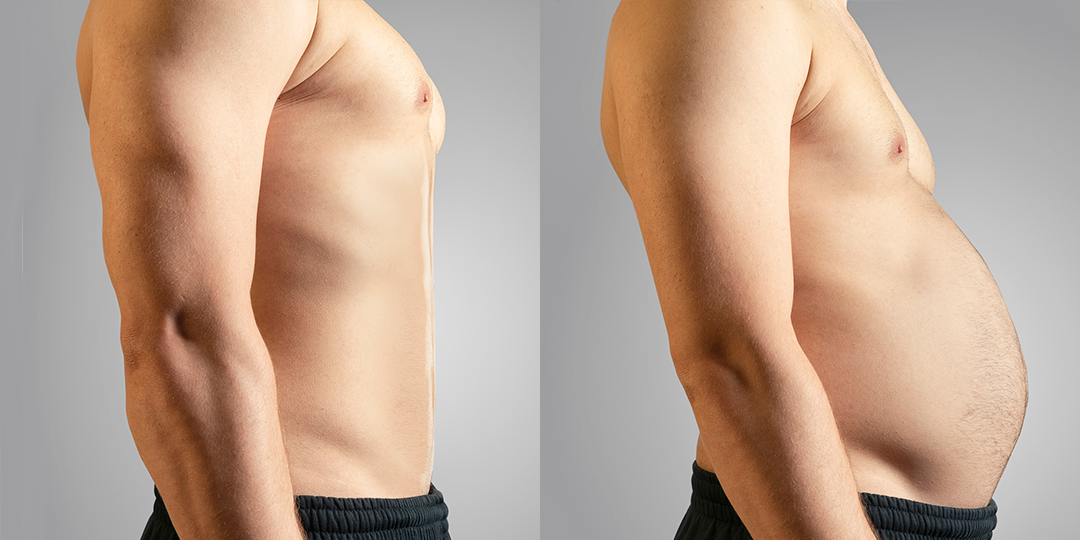
Credit: ladder.sport
Prevention Strategies
Exercise is key to keeping muscle mass. Strength training helps muscles stay strong. Cardio also supports overall health. Aim for at least 30 minutes of exercise daily.
A balanced diet is important for muscle health. Eat plenty of protein-rich foods like chicken, fish, and beans. Don’t forget fruits and vegetables for vitamins. Drink enough water to stay hydrated.
Regular check-ups help catch problems early. Doctors can advise on nutritional needs. They can also suggest the best exercise routines. Keep track of your health with annual visits.
Exercise And Physical Activity
Strength training helps build muscle. It uses weights and resistance bands. This type of exercise can be done at home. Gyms also offer many options. Regular strength training prevents muscle loss. Beginners can start with light weights. Over time, increase the weight. Strength training should be done two to three times a week. Rest between sessions is important. Rest allows muscles to recover. Strong muscles support joints. They also improve balance.
Aerobic exercises keep the heart healthy. They also help maintain muscle mass. Examples are running, swimming, and cycling. These activities increase heart rate. They should be done regularly. At least 150 minutes a week is recommended. Aerobic exercises can be fun. Dancing and hiking are good examples. Choose activities you enjoy. This makes it easier to stick with them. Aerobic exercises boost energy levels. They also help with weight control.
Balanced Diet
Eating protein-rich foods helps build and repair muscles. Good choices include chicken, fish, beans, and nuts. Dairy products like milk and yogurt are also excellent. It’s important to have protein in every meal. This helps keep muscles strong and healthy. Even snacks can have protein. Try cheese sticks or boiled eggs for quick protein.
Muscles need more than just protein. Vitamins and minerals are also crucial. Vitamin D helps bones and muscles stay strong. Calcium is necessary for muscle function. Iron helps carry oxygen to muscles. Eating a variety of foods ensures you get these nutrients. Fruits and vegetables are great sources of vitamins and minerals. A balanced diet keeps muscles healthy and prevents loss.
Recovery And Rehabilitation
Physical therapy helps regain strength. It uses exercises and stretches. These exercises target lost muscle. A therapist guides the process. They ensure safe and effective recovery. Physical therapy also helps reduce pain. It improves blood flow. This aids in muscle repair. Regular sessions bring the best results.
Good nutrition is crucial for muscle recovery. Protein helps build muscle. Foods like chicken, fish, and beans are rich in protein. Vitamins and minerals also support muscle health. Fresh fruits and vegetables are great sources. Drinking enough water is important too. It keeps muscles hydrated and helps in recovery.
Physical Therapy
Personalized exercise plans are tailored to your body’s needs. They help target specific muscles that need strengthening. These plans can prevent further muscle loss. They also aid in improving overall mobility. Each plan is unique to the individual. This ensures that you get the maximum benefit from your exercises.
Physical therapists provide expert guidance throughout your recovery. They help you perform exercises safely. Their knowledge ensures you use correct techniques. This helps avoid injuries while exercising. Regular check-ins with a therapist keep you on track. They can adjust your plan as needed for the best results.

Credit: www.broadwayclinic.com
Frequently Asked Questions
What Causes Muscle Mass Loss?
Muscle mass loss can be caused by aging, inactivity, poor nutrition, and certain medical conditions. Regular exercise and a balanced diet help maintain muscle.
How To Prevent Muscle Mass Loss?
Prevent muscle mass loss by engaging in regular strength training exercises, consuming enough protein, and staying active. Proper rest and recovery are also important.
Can Diet Affect Muscle Mass Loss?
Yes, diet significantly affects muscle mass loss. Consuming adequate protein and essential nutrients supports muscle maintenance. Avoiding excessive calorie restriction is also crucial.
Is Muscle Mass Loss Reversible?
Muscle mass loss can be reversible with consistent strength training and proper nutrition. Consult a healthcare professional for a personalized plan.
Conclusion
Understanding muscle mass loss is crucial for maintaining a healthy lifestyle. Proper nutrition and regular exercise can combat this issue. Stay informed and proactive to preserve your muscle health. Remember, small changes in daily habits can lead to significant improvements.
Prioritize your well-being and take steps to protect your muscle mass.

